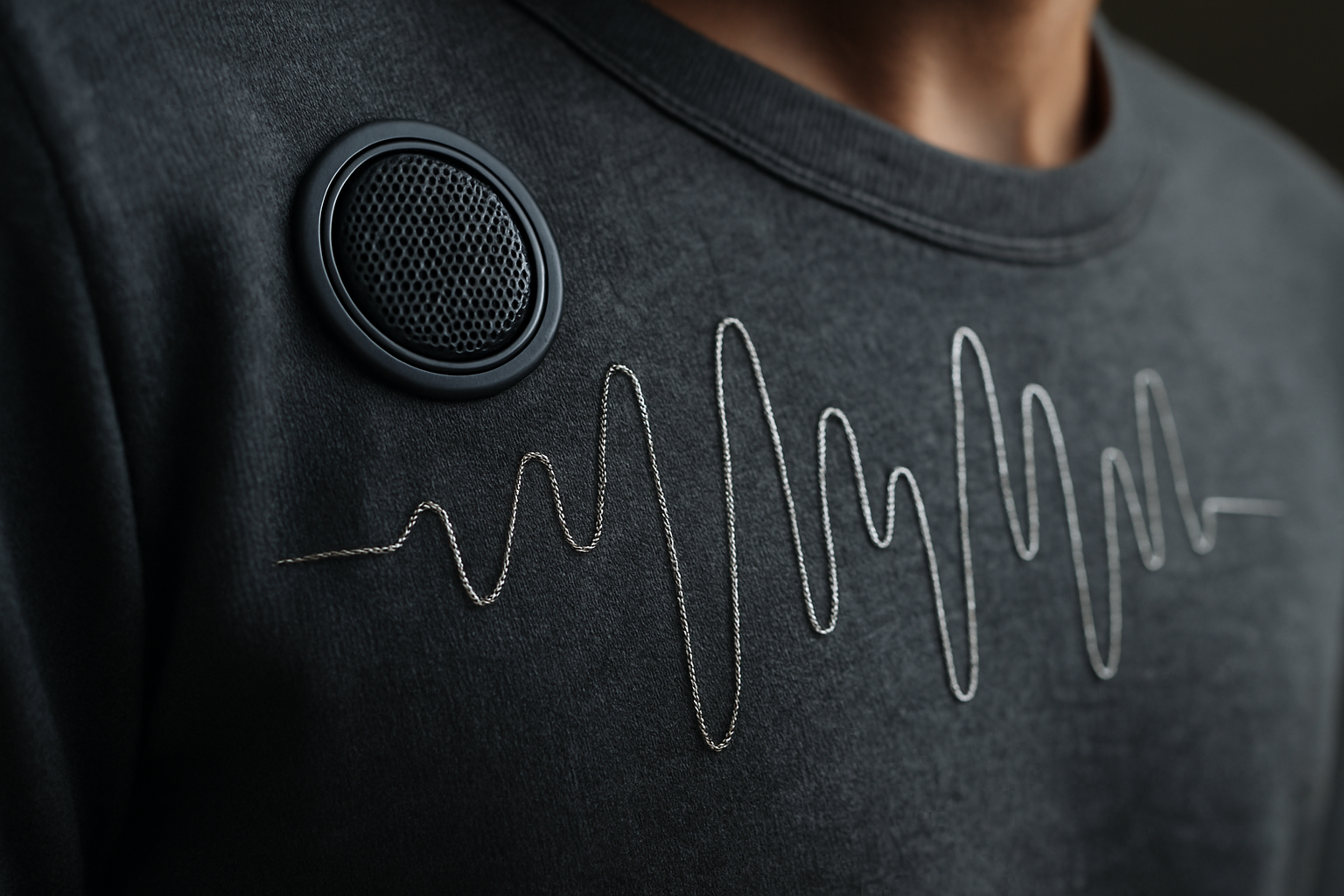Nanotech Fabrics: The Silent Revolution in Everyday Wear
Introduction: Picture a world where your clothes actively work for you, adapting to your body's needs and the environment around you. This isn't science fiction; it's the cutting-edge reality of nanotech fabrics. As we delve into this groundbreaking fusion of fashion and technology, prepare to discover how these microscopic marvels are reshaping our wardrobes and redefining comfort, functionality, and style.

The journey of nanotech fabrics began in research laboratories, where scientists explored ways to enhance material properties at the molecular level. Early experiments focused on creating fabrics that could repel water or resist stains. However, as nanotechnology advanced, so did the possibilities for textiles. Today, nanotech fabrics boast an impressive array of capabilities, from temperature regulation and odor control to UV protection and even self-cleaning properties.
Beyond Water-Resistance: The Multi-Functional Marvels
While water-resistant clothing has been around for decades, nanotech fabrics take this concept to new heights. By incorporating hydrophobic nanoparticles into the fabric structure, these materials can repel not just water but also oil and other liquids. This means your favorite white shirt is now practically immune to coffee spills and wine stains.
But the benefits don’t stop at stain resistance. Some nanotech fabrics are engineered with silver nanoparticles, which have natural antimicrobial properties. These fabrics actively fight odor-causing bacteria, keeping clothes fresher for longer. For fitness enthusiasts and travelers, this translates to less frequent washing and longer-lasting garments.
Temperature regulation is another area where nanotech fabrics shine. Phase-change materials (PCMs) embedded in the fabric can absorb, store, and release heat as needed. This means your jacket can keep you cool on a warm day and warm on a cool evening, all without changing your outfit.
The Fashion Industry’s Quiet Adoption
While the technology behind nanotech fabrics might sound futuristic, many fashion brands have already begun incorporating these innovations into their collections. High-end sportswear companies were among the first to embrace nanotech, recognizing its potential to enhance athletic performance and comfort.
Luxury fashion houses have also started experimenting with nanotech fabrics, albeit more subtly. These brands are using nanotechnology to create ultra-soft, wrinkle-resistant fabrics that maintain their shape and color longer than traditional materials. The result? Clothing that not only looks and feels luxurious but also stands the test of time.
Even in the realm of fast fashion, nanotech is making inroads. Budget-friendly brands are exploring ways to use nanotech to create more durable, easy-care garments that appeal to consumers looking for both style and practicality.
The Environmental Angle: Sustainability Through Technology
In an era where sustainability is at the forefront of fashion conversations, nanotech fabrics offer some intriguing possibilities. By creating more durable, stain-resistant, and odor-resistant clothing, these fabrics can potentially reduce the frequency of washing and extend the lifespan of garments. This, in turn, could lead to a reduction in water usage and textile waste.
Moreover, some researchers are exploring ways to use nanotechnology to create more eco-friendly dyeing processes. Traditional textile dyeing is notoriously water-intensive and polluting. Nanotech solutions, such as color-infused nanoparticles, could potentially offer vibrant, long-lasting color with a fraction of the environmental impact.
However, it’s important to note that the environmental impact of nanotech fabrics is still being studied. While they offer promising benefits, questions remain about the long-term effects of nanoparticles on ecosystems and human health. As with any new technology, careful research and regulation will be crucial as nanotech fabrics become more widespread.
The Future of Fashion: Wearable Tech and Beyond
As nanotech fabrics continue to evolve, we’re seeing the lines blur between clothing and wearable technology. Researchers are developing fabrics that can conduct electricity, opening up possibilities for garments that can charge your devices or monitor your vital signs. Imagine a workout shirt that tracks your heart rate and adjusts its thermal properties based on your body temperature.
Some futurists even envision clothes that can change color or pattern on demand, allowing for unprecedented personalization and reducing the need for extensive wardrobes. While these concepts may seem far-fetched, the rapid pace of nanotech development suggests they could become reality sooner than we think.
Navigating the Nanotech Wardrobe: Tips for Early Adopters
• Look for terms like hydrophobic, antimicrobial, or thermo-regulating when shopping for nanotech-enhanced clothing
• Start with performance wear or outerwear, where the benefits of nanotech fabrics are often most noticeable
• Be prepared for a higher upfront cost, but consider the long-term savings from increased durability and reduced care needs
• Follow care instructions carefully; some nanotech fabrics may require special washing or drying methods to maintain their properties
• Stay informed about ongoing research into the safety and environmental impact of nanotech textiles
As we stand on the brink of this textile revolution, it’s clear that nanotech fabrics are more than just a passing trend. They represent a fundamental shift in how we interact with our clothing, blending style, comfort, and functionality in ways previously unimaginable. While challenges remain, particularly in terms of cost and environmental considerations, the potential benefits are too significant to ignore. As consumers, designers, and industry leaders continue to explore and refine these innovations, we can look forward to a future where our wardrobes work as hard as we do, adapting to our needs and enhancing our daily lives in subtle yet profound ways.





